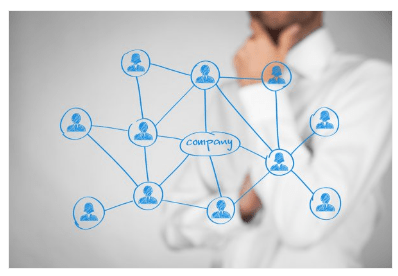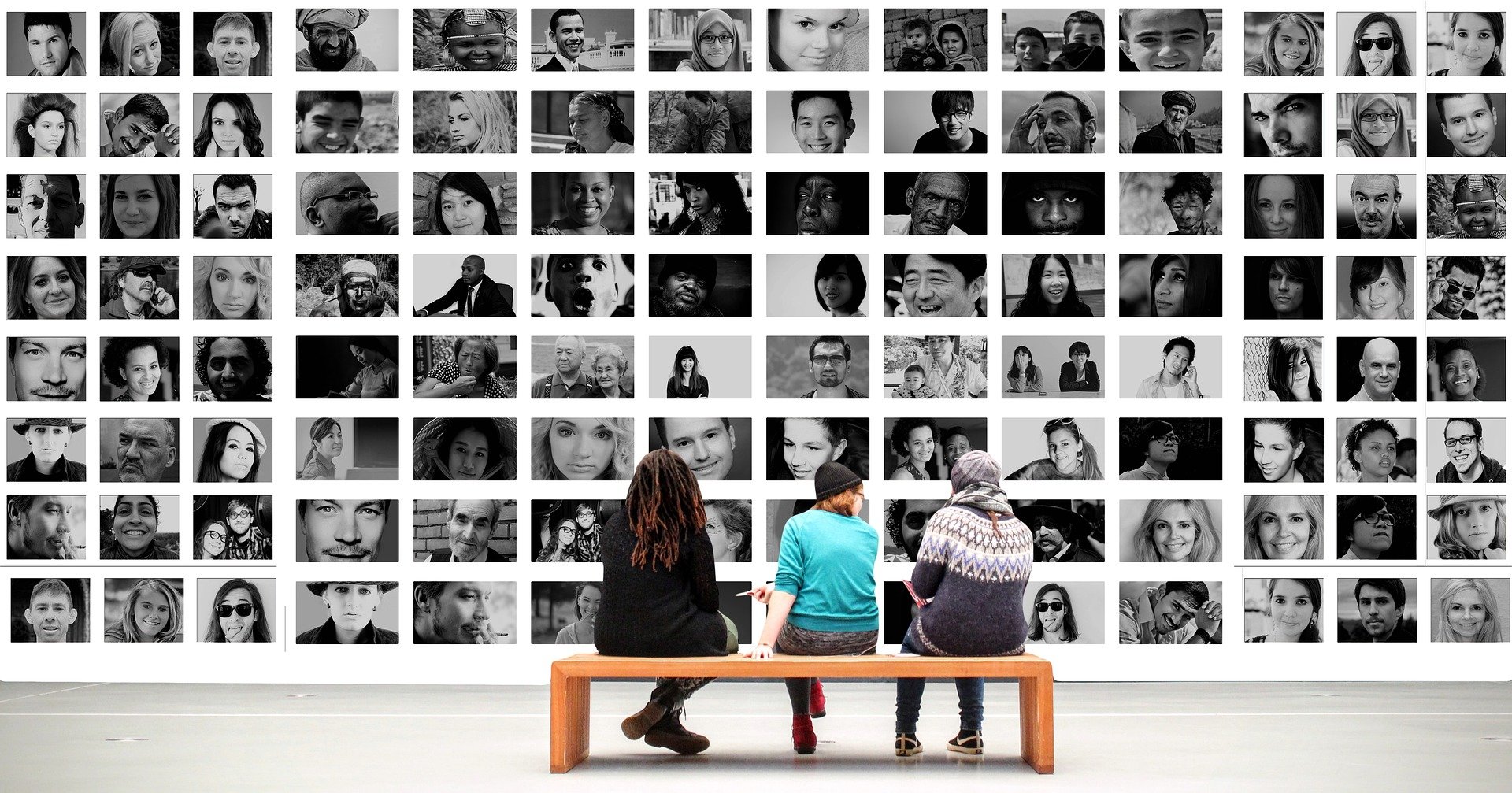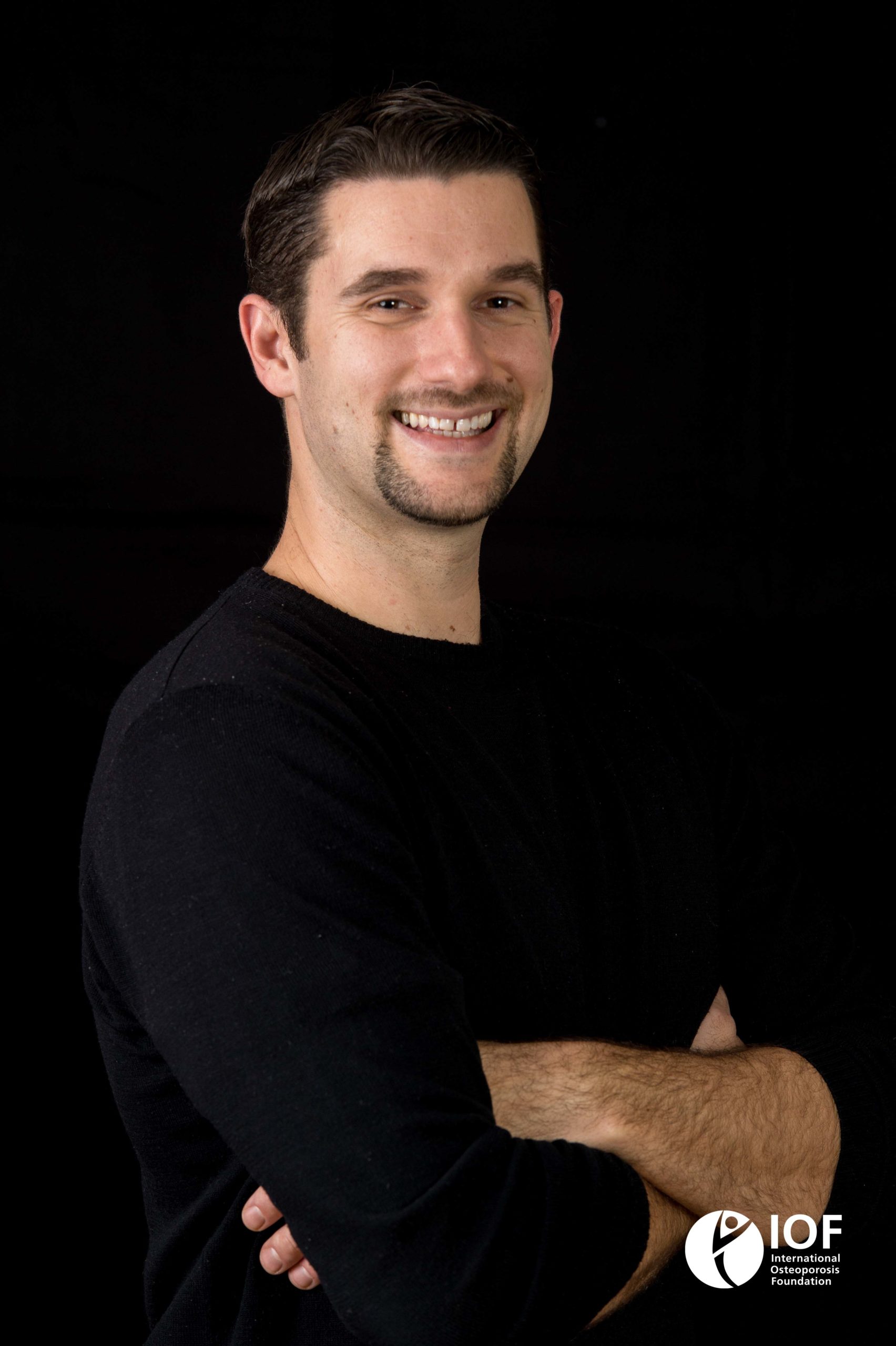

The International Osteoporosis Foundation (IOF) was founded in 1998. Headquartered in Nyon, Switzerland, it is the world’s largest non-governmental organisation (NGO) dedicated to the prevention, diagnosis, and treatment of osteoporosis and musculoskeletal diseases. The IOF is an umbrella foundation with over 260 national societies in 95 countries. This wide outreach comes with its own set of communication and dissemination challenges.
David Oldani, IOF operational communications manager, tells us why language is one of the main challenges faced by the IOF in their communication strategy.
David Oldani: Short answer, everybody! Although our communication is primarily aimed at patients and members of the general public, we also communicate with healthcare providers (HCPs) and policymakers. This plurality in audience-type means that we need to adapt our language. The goal when communicating with patients is different from when we are engaging with HCPs. Patients are usually looking for answers to their questions so, when we communicate with them, our goal is to raise awareness about the disease and its prevention using simple words.
People in the scientific and medical fields, on the other hand, are not expecting simple words. They are expecting complex and precise words. In essence, they are expecting science. No matter who you are communicating with, being able to capture people’s attention and transmit a message, even a short and simple one, is quite challenging.
In addition to adapting our message to the needs of our target audiences, we also need to adapt the language in which it is communicated. This is especially important when trying to reach the general population. As most science is communicated in English, healthcare providers do not always need the information that we are providing to be in their native language. But, in order to reach patients, our communication material needs to be translated into their spoken language. This involves a huge collaborative effort between us and the national organisations to ensure that the message that is being transmitted is as precise as possible.
Cultural and political aspects of the countries in which we are communicating also need to be taken into consideration. Your message will change slightly depending on if you are communicating in the USA, France, or Saudi Arabia. This is where national organisations play an important role.
A lot of our communication is done through our website, which is where most people come for information about the disease. Social media is also important. Through Instagram, we are able to primarily reach patients. Through Facebook and Twitter we can communicate with healthcare providers.
However, our member national osteoporosis societies are really our primary gateway to the patients. The societies speak the same language, they understand the local issues and they can take the right cultural approach. Without them, we wouldn’t be able to reach our audiences the way we do. These national societies are usually staffed and run by doctors, scientists and even members of the general public who have a relative suffering from the disease. Although most of them are small, they are instrumental in allowing us to reach patients.
“Our national societies are the gateway to reach patients. They speak the same language, they understand the local issues and can take the right cultural approach.”
In addition to our digital outreach, we also organise events. For example, every year we organise the World Osteoporosis Day (WOD) campaign. Each year there is a different theme. In 2018 it was about vertebral fractures and in 2019 and 2020 we focused on people living with the disease. We produce resources based on the themes and then these are adapted for the national member's use.
As an NGO collaborating with corporate partners, we pay specific attention to ethics in the support and implementation of our operations. This is an important topic perfectly integrated by our corporate partners, making this point certainly important, but not a big challenge.
Our role is to raise awareness around the disease and to help policymakers understand it so that they can make the right decisions.
Because we mainly address the general public, it is important that the communication material we produce is in a form that our target audience understands. Explaining complex concepts in a simple way is more than a job, it’s a skill.
In this sense, not being a scientist is an asset when it comes to engaging with the general public. Of course, as a non-scientist, it was difficult at first. Scientists use a lot of jargon and acronyms that mean something very specific for them but evoke nothing for the general public. Over the years, my knowledge of the field has grown. But, working in tandem with the experts we are able to create accurate content that is easily understood by patients.
“Explaining complex concepts in a simple way is more than a job, it’s a skill.”
I started at the IOF five years ago as a graphic designer and multimedia producer. I gradually evolved to where I am now, a communication project leader. My motivation comes from the fact that there is a cause behind every bit of information we put out. We work with and for patients and that’s what I love!
We would like to thank David Oldani for giving us his time for this interview.
Further reading:
Developing Safer Vaccines With Next Generation Sequencing by
Image: